Prof. Kat's Pokémon Journal, Day 1: How do the Alolan Forms Change Pokémon?
Our resident Pokémon master shares her thoughts on the Alolan Forms after encountering them in the wild.
This article first appeared on USgamer, a partner publication of VG247. Some content, such as this article, has been migrated to VG247 for posterity after USgamer's closure - but it has not been edited or further vetted by the VG247 team.
This is an ongoing series in which we take a look at Pokemon Sun and Moon from the perspective of a longtime fan. You can find our review here. And don't forget to check out our guides!

I was confused the first time I saw an off-color Raichu floating gracefully above the ground, its button eyes a glassy silver. I was busy trying to parse out how an electric rodent could fly when it zapped my Toucannon with Psychic. That's when I remember, "Oh right, the Alolan Forms."
The Alolan Forms are a new addition to Pokémon's now extensive menagerie. As in real life, they imagine that monsters can vary depending on where they evolved. They aren't a complete replacement for the original monsters—you'll see the "normal" versions alongside their newer variants from time to time—but they are quite a bit more prevalent in Alola.
In a practical sense, the Alola forms exist to crib off the popularity of the original 151 monsters. It's certainly no coincidence that all of the Alolan forms revealed so far are variants on original generation monsters like Rattata, Muk, and Marowak. In that, they are much like last generation's Mega Evolutions—flashy variantions on popular monsters that distract from the fact that the new Pokémon count has been getting lower with each successive generation.
That said, they aren't simple reskins of existing monsters. The Alolan Forms are all different types—some very different. Alolan Marowak, for instance, is a Fire/Ghost type, which is a far cry from its original Ground typing. That's not necessarily a good thing, by the way: Its typing is solid from an offensive standpoint, but it also gives it a lot of key weaknesses to common types like Water and, ironically, Ground.
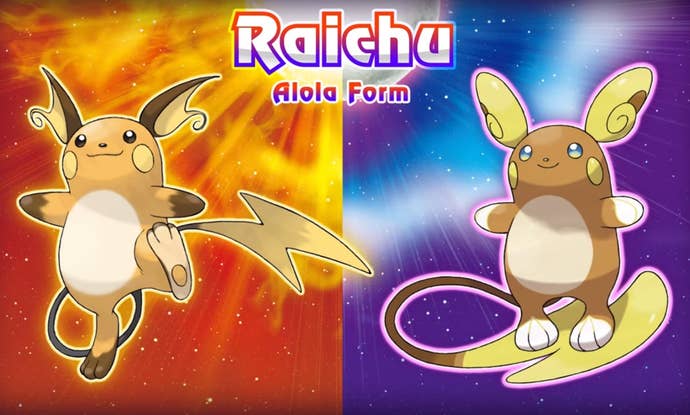
Actually, a lot of the new regional variants sport unimpressive typing and abilities. Alolan Sandshrew is Ice/Steel, blunting some of the defensive advantages that Steel offers while adding 4x weakness to Fire and Fighting attacks. Ice, for its part, is historically one of the worst types in the game. Its ability is Snow Cloak, which increases its evasion rate when it's hailing. Yay.
Of the currently-announced forms, Exeggutor, Marowak, and Dugtrio have the best chance of being viable in competitive battle. Persian is also interesting because it has Fur Coat—a move that halves psychical damage—even though Dark isn't traditionally a defensive type. As usual, we'll know soon enough which monsters are useful and which aren't. I remember everyone writing off Heatran back in the day because of its 4x resistance to ground attacks, and it ended up being a defensive lynchpin for multiple generations.
Regardless, I don't think that the Alolan Forms are meant to shake up the competitive game too much. Rather, based on my experience so far (I'm about 80 percent through the main story), the Alolan Forms bring a couple things to the table.
- They mess with your head: I already mentioned my surprise when I got hit by a Psychic attack from Raichu. But more than that, they force you to recalibrate your thinking when it comes to types. I've killed probably a thousand Muks in my time, so I was a bit thrown when Psychic was ineffective against its Alolan Form. That might not mean much in a competitive setting; but in the main story, it can be a pleasant (or unpleasant) surprise.
- They're new without being too new: There are already an insane number of Pokémon—more than 700 at last count—and it's inevitable that designers will run out of new ideas. The Alolan Forms add to the headcount without feeling like retreads, which takes some of the pressure off the designers to come up with something new. Plus, as I already mentioned, they just make sense. How many tiger variants are there in real life? Or bears? Or even rats? The Alolan Forms makes Pokémon's already expansive ecosystem feel even more diverse. And the best part for Game Freak is that they can keep going back to the well with each new generation.
- They're marketable: Are you ready for an Ice-type Ninetales plush? Because The Pokémon Company is ready for you to buy one.
So here's the downside of the Alolan Forms: They're kind of the highlight of the new batch of Pokémon. For a series that relies on an infusion of new monsters every few years to stay fresh and relevant, that's not great.
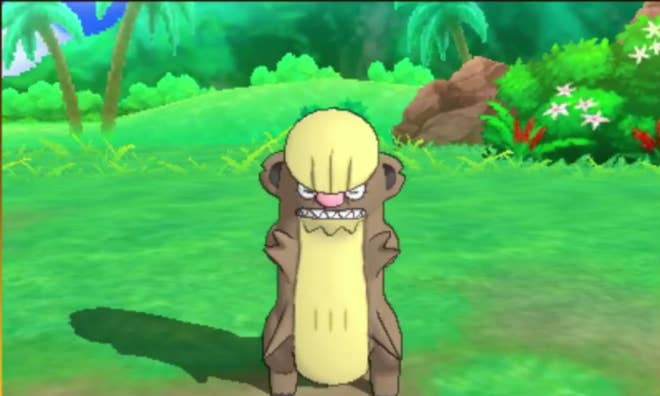
Granted, it's still early, and god knows we've all complained about the previous generations before ultimately embracing their quirky design choices; but scrolling through my Pokédex, I can hardly find a single monster that really stands out to me. When the Donald Trump-a-like Gumshoos is one of your most prevalant monsters, you've got some problems. I've yet to find anything nearly as cool and fun as, say, Aegislash or Greninja, both of which were prominently featured in the previous generation (well, Mimikyu is alright). It's perhaps no coincidence that the demo provides you with a Greninja in case you're feeling less than impressed with Sun and Moon's starters.
But as always, a handful of the new monsters will prove popular, and they will be shuffled into the games that follow (perhaps they will even get region-specific forms). Over the past couple generations, Game Freak have been leaning more and more heavily on creatures from past games to give their fans a pleasant buzz of nostalgia. You can see that in the Alolan Forms, which are so prevalent in Sun and Moon that they verge on overshadowing the new monsters.
Does that make them bad? No, not necessarily. As I said already, I think it makes sense for Pokémon, which in its own way feels like a real ecosystem. But it does show that Pokémon has reached a phase in which it will be difficult to simply continue piling on new monsters. Game Freak has compensated by going back to the well; but if they aren't careful, even the original 151 will start to wear out their welcome.


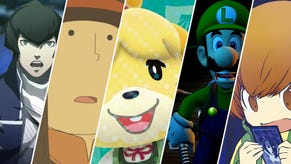
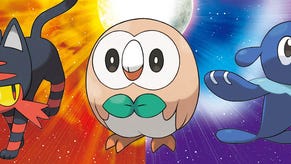
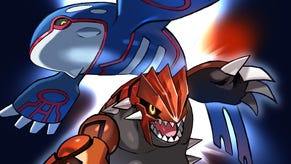
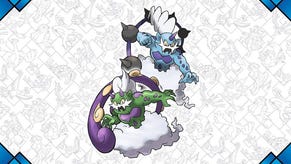


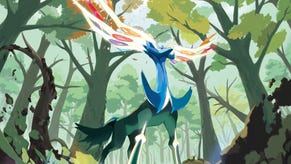
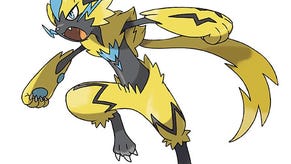
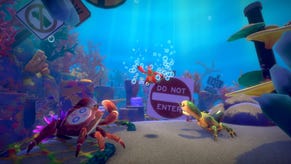
.jpg?width=291&height=164&fit=crop&quality=80&format=jpg&auto=webp)





